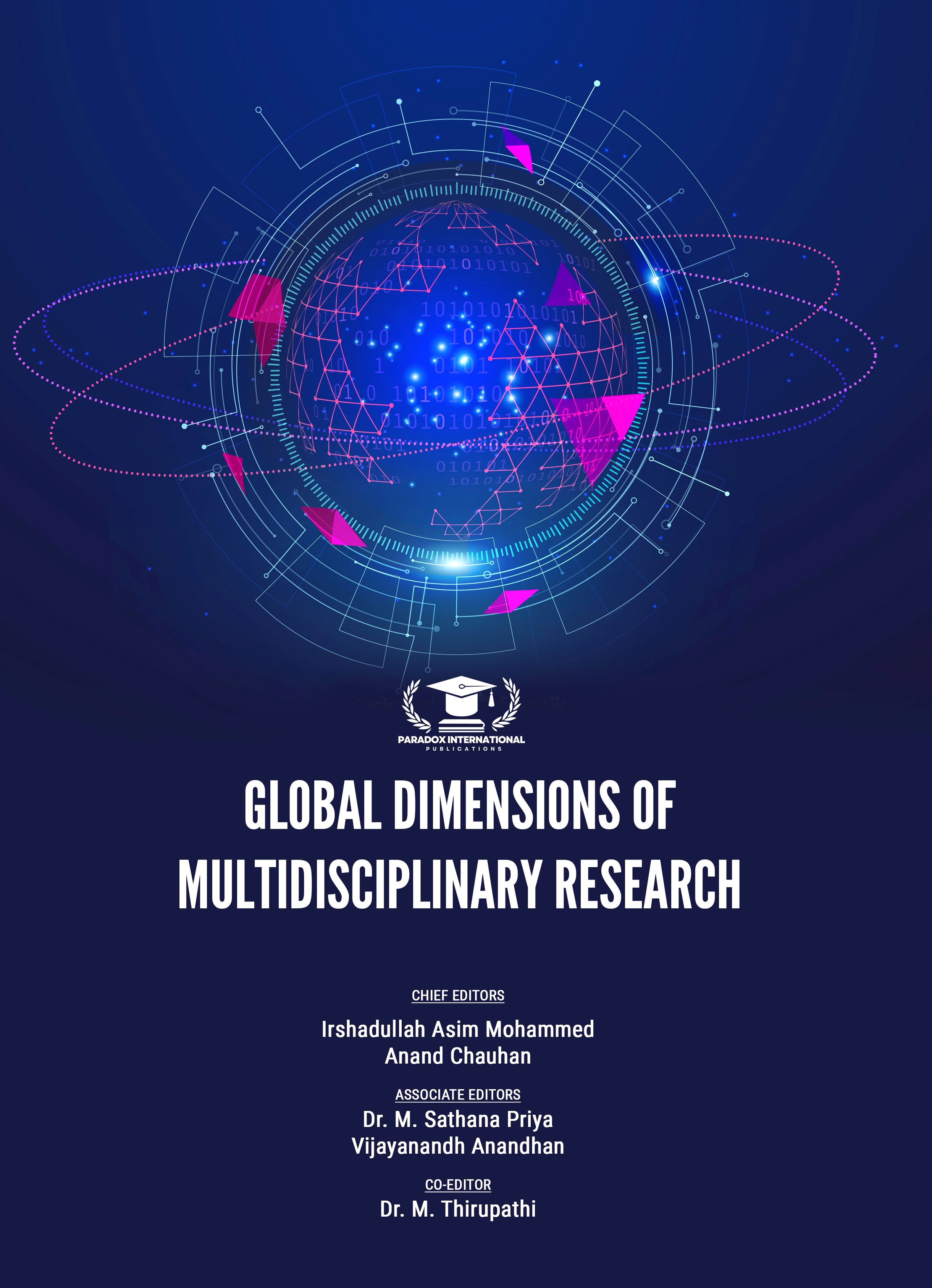THE NEUROSCIENCE OF RESILIENCE: HOW THE BRAIN ADAPTS TO STRESS AND TRAUMA
DOI:
https://doi.org/10.25215/9371837764.09Abstract
Resilience—the ability to adapt successfully to adversity, trauma, or prolonged stress—has emerged as a critical focus in contemporary neuroscience, bridging the gap between mental health, biology, and adaptive behavior. This research explores the neurobiological mechanisms that underlie resilience, emphasizing how the brain reorganizes, regulates, and recovers from stress and trauma. Resilience is not merely the absence of psychopathology but a dynamic process rooted in neural plasticity, cognitive flexibility, and efficient regulation of the stress response. Central to this adaptive capacity are brain regions such as the prefrontal cortex (PFC), amygdala, hippocampus, and ventral striatum, which collectively orchestrate emotion regulation, memory integration, and motivational control. The PFC exerts top-down modulation over limbic structures, reducing excessive emotional reactivity, while the hippocampus contributes to contextualizing experiences and restoring homeostasis after threat exposure. Conversely, the amygdala plays a pivotal role in initiating the stress response, and its effective regulation distinguishes resilient individuals from those vulnerable to anxiety and post-traumatic stress disorders (PTSD).Published
2025-10-18
Issue
Section
Articles


